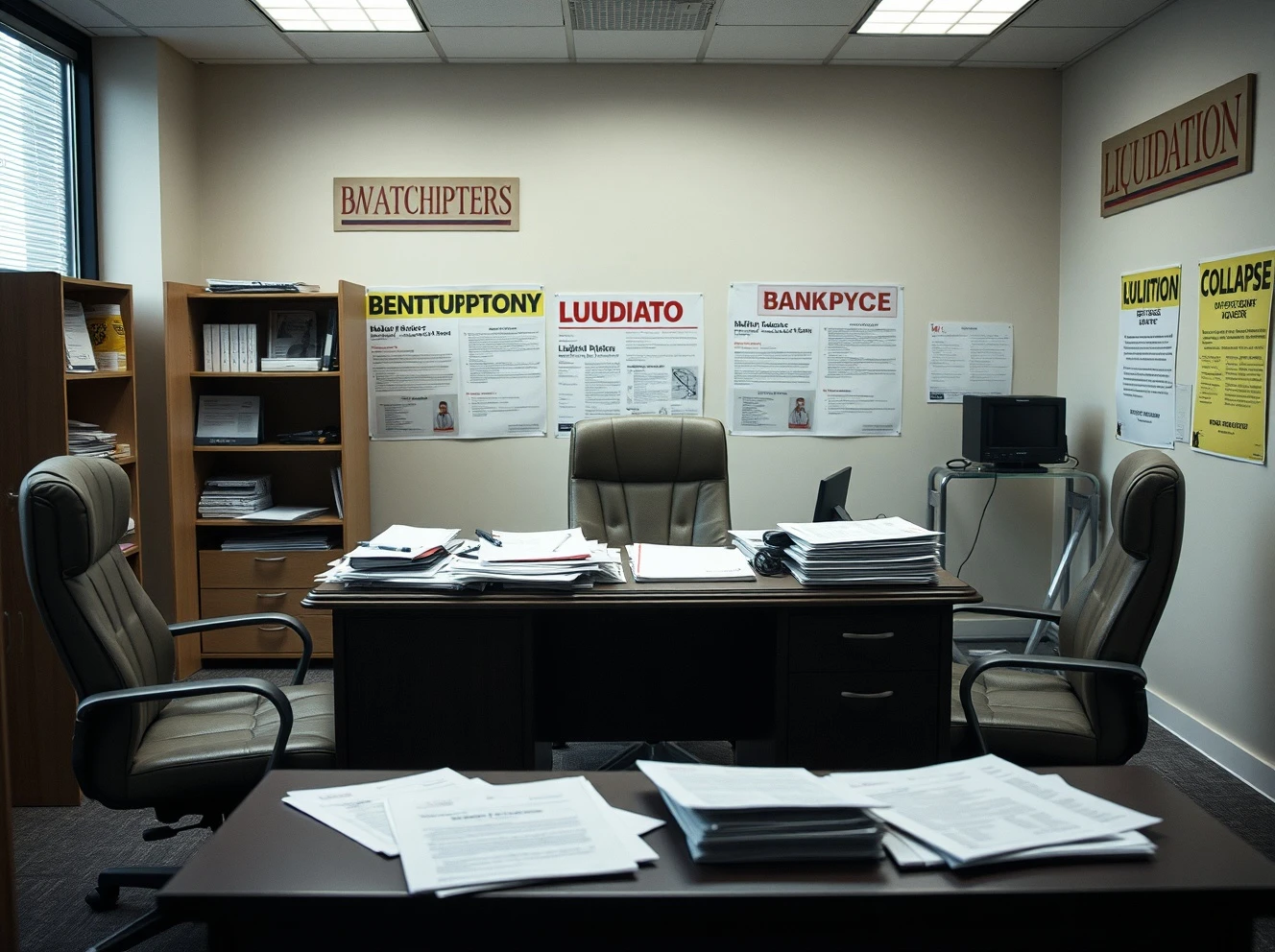A prominent media watchdog organization has shockingly filed for Chapter 7 bankruptcy, triggering immediate liquidation of all assets and marking a dramatic collapse of what was once an influential industry monitor. This development sends ripples through media circles and raises questions about financial sustainability in watchdog journalism.
Understanding the Chapter 7 Bankruptcy Process
The organization officially submitted its Chapter 7 bankruptcy petition last week. Consequently, this action forces complete dissolution of the entity. A court-appointed trustee now oversees asset liquidation. Furthermore, creditors will receive payments from sale proceeds according to legal priority.
Key aspects of this Chapter 7 bankruptcy include:
- Immediate cessation of all operations
- Asset liquidation by court-appointed trustee
- Creditor repayment through sale proceeds
- Permanent closure of the organization
Financial Collapse and Industry Impact
The media watchdog’s financial troubles escalated rapidly over recent months. Multiple lawsuits drained organizational resources significantly. Additionally, declining donor support created unsustainable cash flow problems. Industry analysts observed warning signs for nearly a year.
This Chapter 7 bankruptcy filing affects numerous stakeholders directly. Employees face immediate job termination without severance packages. Contractors and vendors hold substantial unpaid invoices. Moreover, media organizations lose an independent monitoring entity.
Legal Proceedings and Asset Distribution
The bankruptcy court has scheduled the first creditors meeting for next month. Meanwhile, the trustee began inventorying organizational assets immediately. Office equipment, intellectual property, and remaining funds will undergo valuation soon. Subsequently, these items will enter public auction.
The Chapter 7 bankruptcy trustee must follow strict distribution protocols:
- Secured creditors receive payment first
- Priority claims include employee wages
- Unsecured creditors divide remaining funds
- Shareholders typically receive nothing
Historical Context and Industry Reactions
Media watchdogs traditionally face financial challenges consistently. However, this particular organization attracted controversy repeatedly throughout its existence. Several high-profile legal battles damaged its reputation severely. Consequently, donor confidence eroded over time.
Industry professionals express mixed reactions to this Chapter 7 bankruptcy development. Some praise the organization’s past work enthusiastically. Others criticize its methods and financial management harshly. Most agree that media oversight remains crucial despite this collapse.
Future Implications for Media Monitoring
This Chapter 7 bankruptcy creates a significant void in media oversight. Other organizations may expand their monitoring activities accordingly. Alternatively, new entities might emerge to fill this important role. The media landscape continues evolving rapidly regardless.
Financial experts emphasize several key lessons from this Chapter 7 bankruptcy case:
- Diversified funding ensures organizational stability
- Legal risk management prevents costly litigation
- Transparent operations maintain public trust
- Adaptive strategies respond to industry changes
FAQs
What is Chapter 7 bankruptcy?
Chapter 7 bankruptcy involves complete liquidation of a company’s assets. A court-appointed trustee sells all property to pay creditors. This process typically results in business termination.
How does Chapter 7 differ from Chapter 11 bankruptcy?
Chapter 7 requires full liquidation, while Chapter 11 allows business reorganization. Companies filing Chapter 11 continue operations during debt restructuring.
What happens to employees during Chapter 7 bankruptcy?
Employees typically lose their jobs immediately. They become creditors for unpaid wages but recovery depends on available assets after secured creditors receive payment.
Can a media watchdog reorganize after Chapter 7 filing?
No, Chapter 7 bankruptcy results in permanent closure. The organization cannot reorganize or continue operations under any circumstances.
What types of assets get liquidated in media bankruptcy?
Liquidated assets include office equipment, intellectual property, databases, remaining funds, and any owned real estate or vehicles.
How long does the Chapter 7 process typically take?
Most Chapter 7 bankruptcies conclude within four to six months. Complex cases with numerous assets or legal challenges may extend longer.








